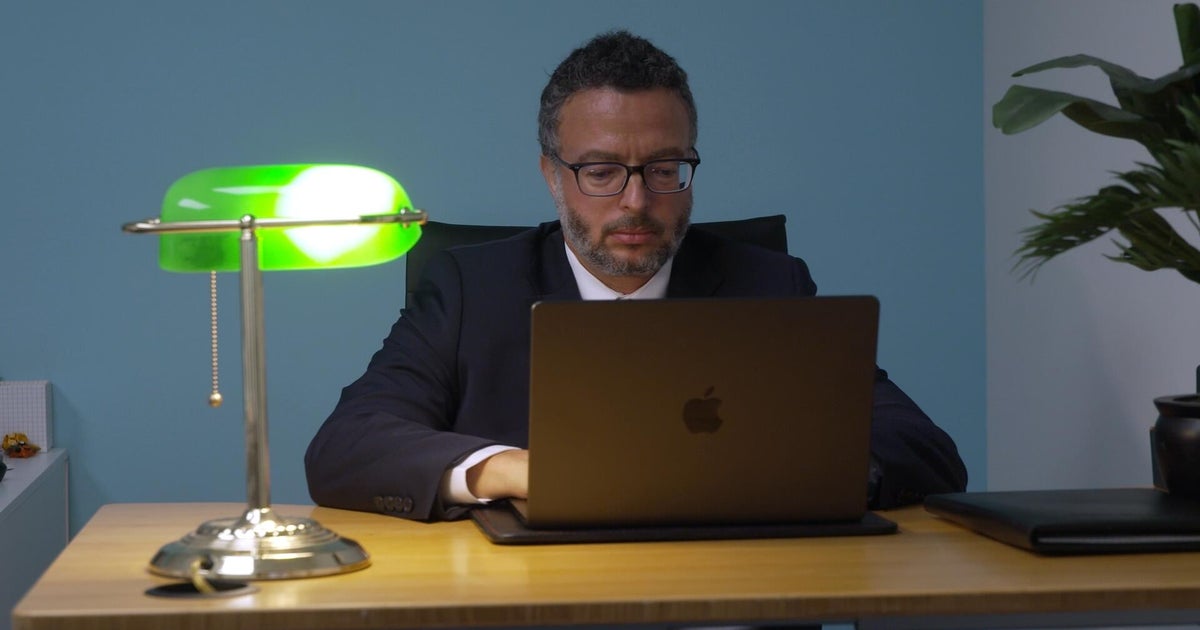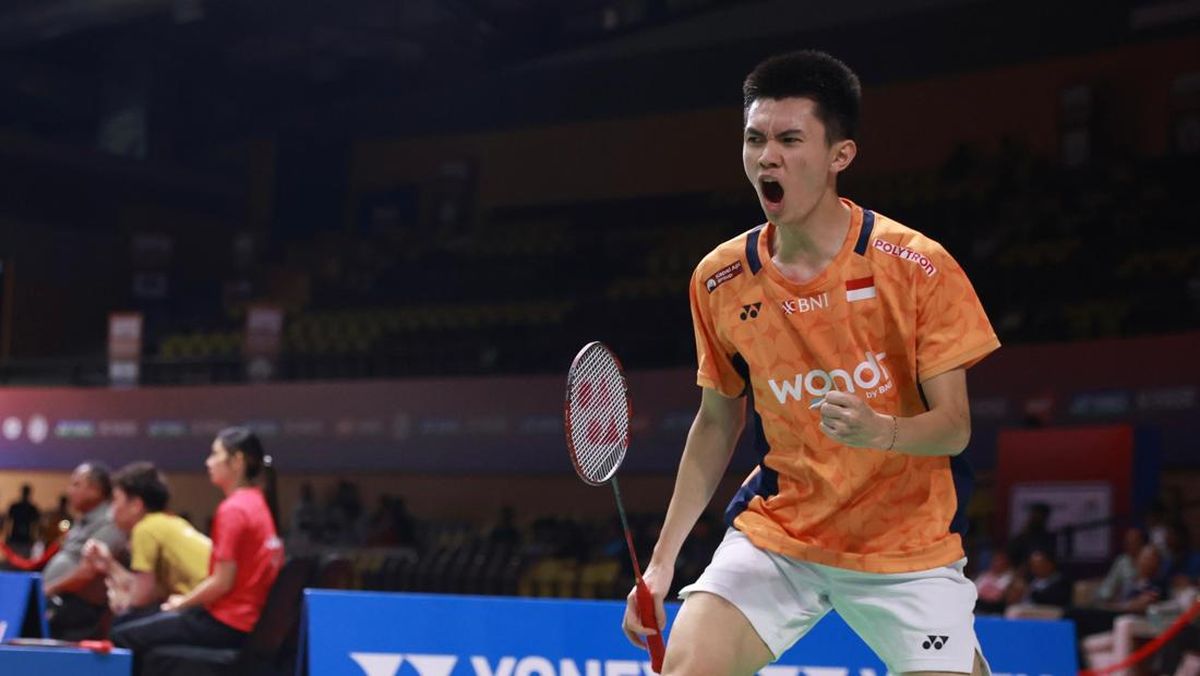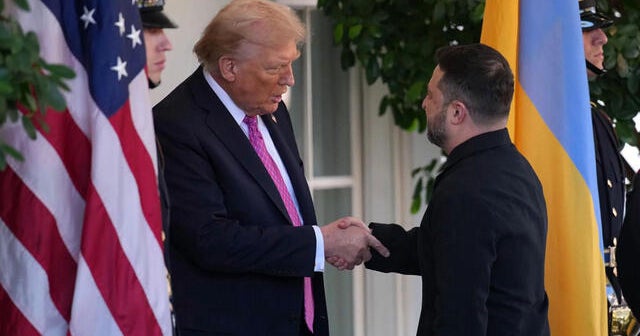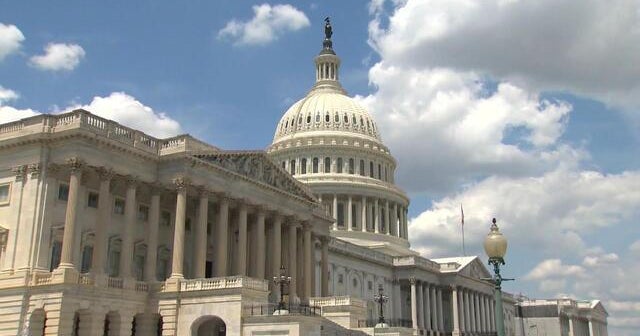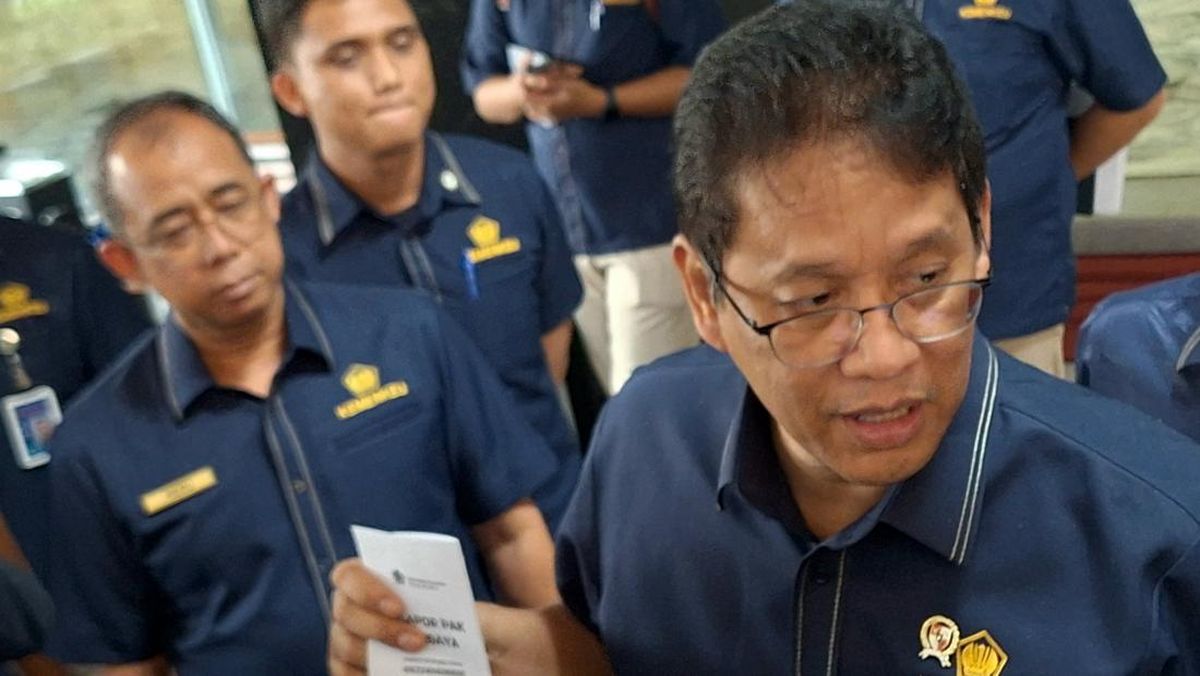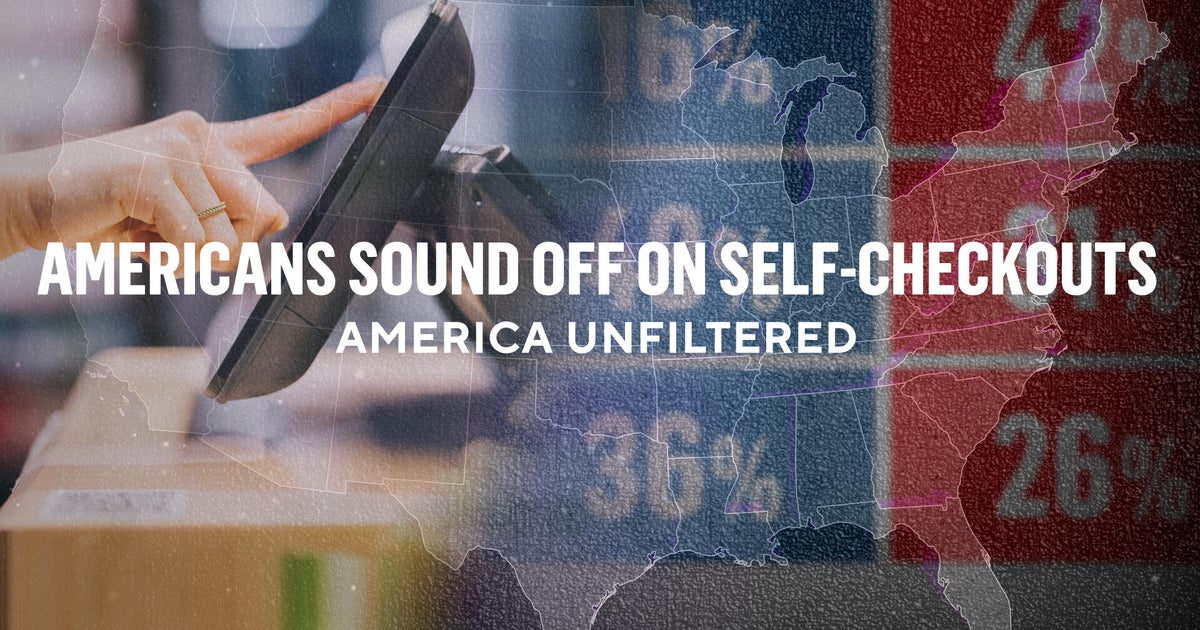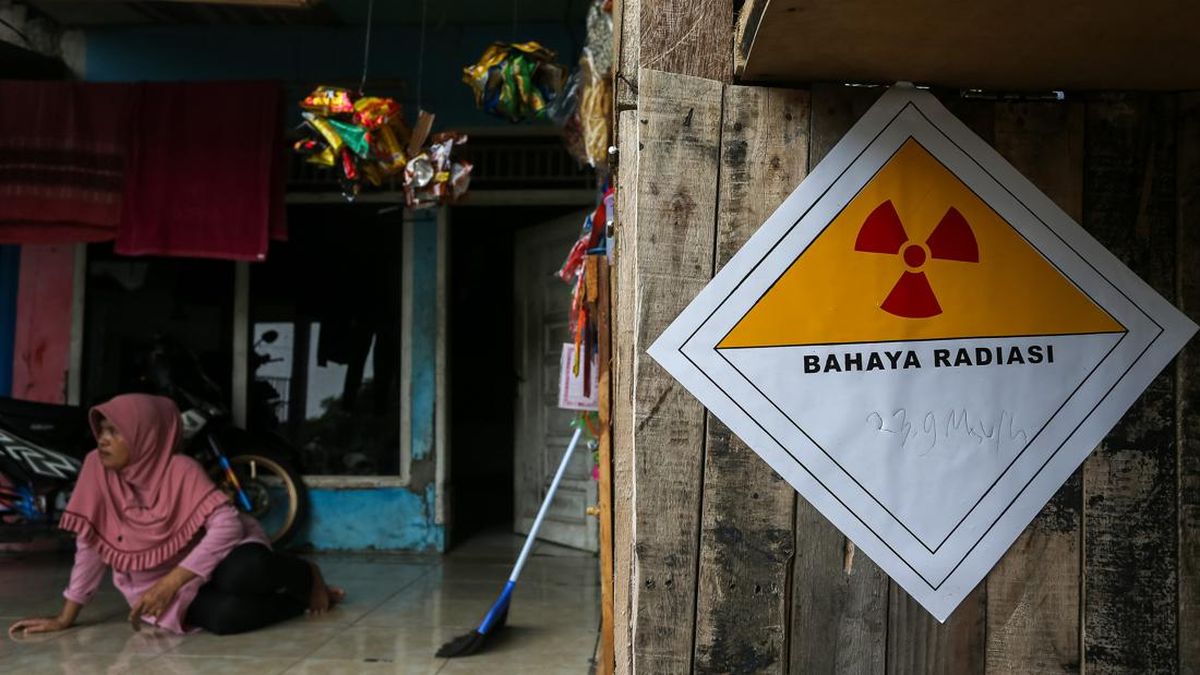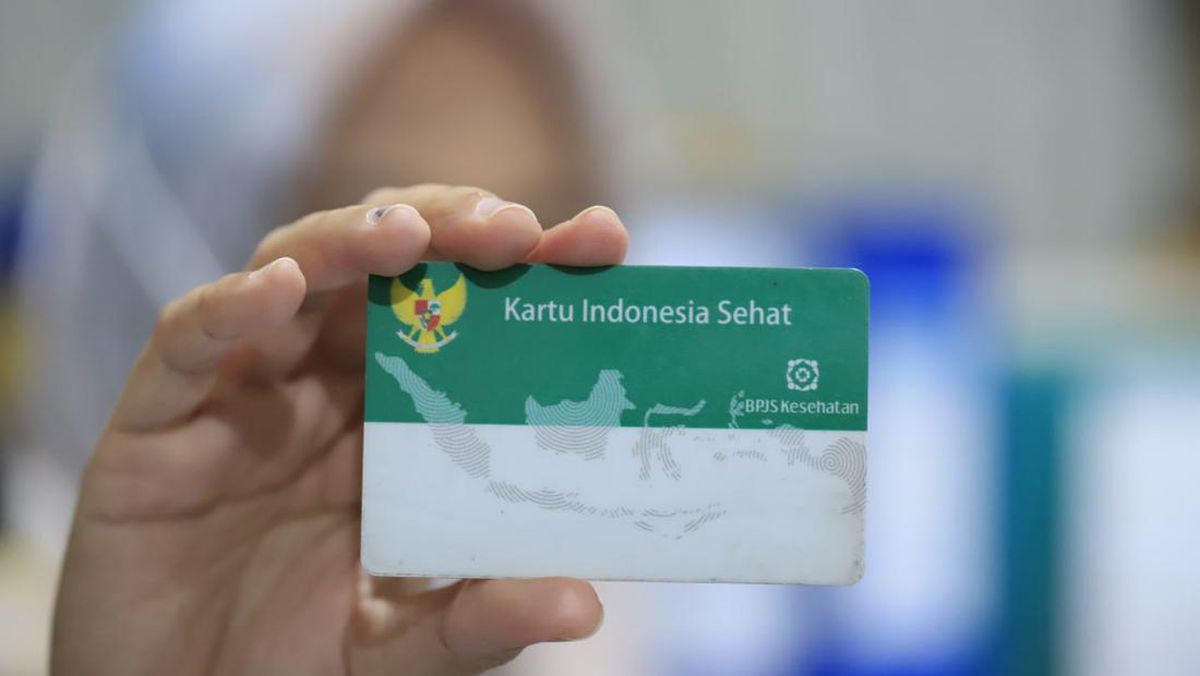On a Friday evening in late September, Amazon’s immigration team sent urgent messages to thousands of employees: return to the United States before midnight on Saturday or risk being stranded abroad. Microsoft and JPMorgan Chase issued similar warnings.
The reason? President Donald Trump had just imposed a $US100,000 fee on new H-1B visas, effective immediately.
The move blindsided an industry that had spent months courting the president. Just 16 days earlier, 33 Silicon Valley executives had gathered at a White House dinner, lavishing praise on Trump and announcing billions of dollars in investments. OpenAI chief executive Sam Altman told Trump he was “a very refreshing change”. Now, his employees were scrambling to airports.

Donald Trump with Oracle’s Larry Ellison, SoftBank’s Masayoshi Son and Sam Altman of OpenAI.Credit: Bloomberg
The US tech sector is experiencing an unprecedented AI boom. In the first half of 2025 alone, venture capital funding for AI companies in the San Francisco metro area surpassed $US29 billion ($45 billion) – more than double the amount during the same period in 2022. Over the past five years, AI-related companies have leased more than 5 million square feet (465,000 square metres) of San Francisco office space. The city has become home to OpenAI, Scale AI, Anthropic, Perplexity, and Databricks – companies collectively valued at hundreds of billions of dollars.
“That amount of energy being concentrated in San Francisco has just been huge for the city,” says Vijay Karunamurthy, former field chief technology officer at Scale AI, who has witnessed the city’s boom-and-bust cycles over 25 years.
“It means every single night there’s AI events. If you go to a coffee shop, you’ll run into people working on AI.”
But this flurry of activity is playing out against the backdrop of Trump’s mercurial governance, creating a volatile environment where billion-dollar companies operate at the mercy of presidential whims.
The dinner and the betrayal
A September 4 White House dinner epitomised the awkward dance between tech and Trump. Thirty-three Silicon Valley leaders gathered in the State Dining Room after weather forced the cancellation of a Rose Garden event. Meta’s Mark Zuckerberg, Apple’s Tim Cook, Microsoft’s Bill Gates, Google’s Sundar Pichai – nearly every major figure attended. (Notably absent was Elon Musk, whose public falling out with Trump earlier in the year had made him persona non grata.)

Tim Cook, CEO of Apple, turns around before President Donald Trump’s speech at a dinner last month in the State Dining Room of the White House. Credit: AP Photo/Alex Brandon
In what The Wall Street Journal described as “a version of his cabinet meetings”, each executive took turns thanking and praising Trump. Cook announced Apple would invest $US600 billion in the US, telling Trump: “I want to thank you for setting the tone such that we can make a major investment in the United States”. Altman declared: “Thank you for being such a pro-business, pro-innovation president. It’s a very refreshing change”.
The mood was reportedly upbeat, optimistic – a celebration of partnership between government and industry. Then, just 16 days later, Trump signed the H-1B proclamation.
A hard reality check
The $US100,000 fee represents a seismic shift for an industry built on global talent. Amazon employed more than 14,000 H-1B holders as of June 2025, with Microsoft, Meta, Apple and Google each employing more than 4000. Under the previous system, entering the H-1B lottery required minimal fees, with subsequent costs amounting to several thousand dollars. The new fee represents an increase of up to 50-fold.
Loading
The tech industry’s dependence on H-1B visas runs deeper than most realise: an estimated 65 per cent of H-1B beneficiaries work in computer-related occupations, and the visa program has become the backbone of Silicon Valley’s talent pipeline.
Indians comprise more than 70 per cent of H-1B beneficiaries, with Chinese nationals making up 11.7 per cent.
“Adding new fees creates disincentive to attract the world’s smartest talent to the US,” wrote Deedy Das, partner at venture capital firm Menlo Ventures on Bluesky.
“If the US ceases to attract the best talent, it drastically reduces its ability to innovate and grow the economy.”
The market reaction was swift. Shares of Cognizant Technology Solutions, heavily reliant on H-1B visa holders, fell nearly 5 per cent following Trump’s announcement, while US-listed shares of Indian tech firms Infosys and Wipro fell between 2 and 5 per cent.
The China factor
The H-1B shock arrived alongside escalating trade tensions with China that threaten the tech industry’s global supply chains. On October 10, Trump announced plans to impose an additional 100 per cent tariff on Chinese imports, “over and above any tariff that they are currently paying”, starting on November 1. He also threatened export controls on “any and all critical software”.
The announcement sent Chinese tech stocks tumbling and reignited fears of a global recession. For Silicon Valley companies that manufacture in China or depend on Chinese components, the tariffs represent an existential threat.

Shares of Cognizant Technology Solutions, heavily reliant on H-1B visa holders, fell nearly 5 per cent following Trump’s announcement. Credit: Bloomberg
“In the short term, Washington may collect a windfall; in the long term, the US risks taxing away its innovation edge, trading dynamism for short-sighted protectionism,” said eMarketer analyst Jeremy Goldman.
The timing was particularly brutal. China had just imposed restrictions on rare earth mineral exports – materials critical for semiconductors, electric vehicles and defence systems. China mines and processes most of the world’s rare earth metals, making Trump’s retaliation a high-stakes gamble with American innovation.
Benioff’s contradictions mirror the industry
At Salesforce’s annual flashy Dreamforce summit this week, where 50,000 attendees descended on San Francisco, the tech world’s bittersweet relationship with Trump was on full display.
Chief executive Marc Benioff, a staunch democrat, proclaimed that AI would help “every employee and every company achieve more than they ever thought possible”, showing off the company’s new AI offerings. He announced a new $US15 billion investment to cement San Francisco’s status as an AI hub.

Marc Benioff, the CEO of Salesforce, speaks at the 2025 Dreamforce conference in San Francisco on Tuesday.Credit: Bloomberg
Just days earlier, in an interview with The New York Times conducted from his private jet, Benioff had called for Trump to deploy National Guard troops to San Francisco.
“We don’t have enough cops, so if they can be cops, I’m all for it,” he said.
The comments sparked immediate backlash. State Senator Scott Wiener said: “We do not need the US military, National Guard or otherwise, here in San Francisco. That would be illegal”. After the outcry, Benioff attempted to clarify his remarks, emphasising collaboration with local police and praising mayor Daniel Lurie.
Yet Benioff’s contradictions mirror those of the industry he represents. At a state dinner hosted by King Charles at Windsor Castle in September, he told the Times he spent the evening telling Trump “how grateful I am for everything he’s doing”. The executive is simultaneously a major philanthropist with hospitals bearing his name and an advocate for military intervention in his own city.
The courtship that failed

David Sacks, Trump’s AI and crypto tsar, has continued to work as a Silicon Valley investor.Credit: Getty Images
The tech industry’s courtship of Trump has yielded decidedly mixed results. Apple CEO Tim Cook gave Trump a 24-karat gold stand during an August visit to the Oval Office. Executives have poured millions into inaugural funds and promised massive US investments. The price of admission seemed clear: show up, pay homage, and secure favours and preferential treatment.
But so far, the result looks like the opposite: the H-1B fee increase will cost companies millions annually. The tariff uncertainty threatens the fundamental supply chain model that made many Silicon Valley companies dominant.
The ability to recruit the world’s best talent regardless of passport – a cornerstone of Silicon Valley’s success – now faces a $US100,000 barrier.
Meanwhile, the administration’s interventions have grown increasingly brazen. Trump struck deals requiring chipmakers Nvidia and AMD to give the government a 15 per cent cut of sales to China. The White House took a 10 per cent stake in Intel after Trump criticised chief executive Lip-Bu Tan’s China exposure.
David Sacks, Trump’s AI and crypto tsar, says America’s AI arms race with China is existential, necessitating drastic action.
“Whoever wins this AI race will have tremendous ramifications for both our economy and our national security,” he told Benioff in an on-stage interview at Dreamforce.
“To win this AI race, we have to be the most innovative; you can’t regulate your way to beating your competitor, you have to out-innovate them ... Innovation comes from the private sector, not the government, so we have to do everything we can to help our companies win, to help them be innovative.
“That means getting a lot of red tape out of the way.“
An Australian alternative
As Australia grapples with questions about AI, talent and immigration policy, San Francisco’s Trump-era experience offers lessons. Australia has developed a robust tech ecosystem that has produced global giants such as Atlassian, Canva, Afterpay and Airwallex – proof that Australian founders can build world-class companies without relocating to the Bay Area.

Tech Council chair Scott Farquhar.Credit: Dominic Lorrimer
The Tech Council of Australia, formed in 2021, set ambitious goals: 1.2 million Australians employed in technology jobs by 2030, and tech reaching $250 billion in economic activity by the same year.
Despite raising less than $US34 billion in total venture capital funding since 2000, Australia ranks fifth globally in creating decacorns – companies valued over $10 billion – a report from Side Stage Ventures and AWS shows.
Loading
“We’re in a gold rush period at the moment, and I do know that people are getting very lucrative offers to go work overseas. I think that’s been the case forever,” Tech Council chairman and Atlassian co-founder Scott Farquhar tells this masthead.
“There are a lot of benefits to living and being in Australia, particularly at this stage in the geopolitical landscape. It’s a very safe and moderate ... And great weather. All the reasons why we live here. While I don’t believe we’re ... in the short term, going to build fundamental AI models here in Australia, I believe there’s so much that can be built on the back of those models. There’s so much that we can do here in Australia.”
Entry-level positions at leading Australian tech companies typically start at $85,000, with senior roles reaching $150,000 or more, alongside comprehensive benefits including health insurance, paid parental leave and learning allowances.
The packages are competitive globally, while Australia’s immigration system also offers a stark contrast to America’s lottery. The General Skilled Migration program provides clear pathways for skilled workers through points-based assessment, with processing times and requirements that proponents say are transparent and predictable. Australian companies are increasingly hiring globally, with 89 per cent of mid-sized companies planning to hire overseas talent in 2025.
Some Australian companies aim to provide an alternative to Trump’s America. Atlassian’s “Team Anywhere” policies allow employees to work from almost anywhere in countries where the company has legal presence. Canva’s hybrid working model allows employees to work where they’re most productive.
Loading
“I think there’s a huge opportunity for Australia,” Farquhar says. “The league table of the world is upended. You get a chance to reset the scoreboard ... And we need government, businesses and all of us to get together to make the decisions for a bright future.”
A fundamental question
The question now facing Silicon Valley isn’t whether Trump will deliver what he promises: he’s already shown he won’t. The H-1B fee increase came just weeks after executives pledged billions at his dinner table. The China tariffs emerged despite extensive corporate lobbying about supply chain dependencies. And the overwhelming unpredictability is putting the US’s mammoth AI gains at risk.
Farquhar says Australia’s current government will probably be reliable when it comes to tech policy.
“With Ayres and Charlton [Australian Innovation Minister Tim Ayres and Treasurer Jim Chalmers], we have a group of people that really think about what’s best for Australia, and they take a long-term view on things ... They want to make sure that we have jobs, and they want to make sure that people get paid well and make sure the benefits are spread around.”
For US executives, the industry that disrupted countless others is learning what it means to be disrupted by a president who operates by the same rules they celebrated: move fast and break things, and prioritise disruption over stability.
The tech titans thought they were dining with a fellow disruptor. Instead, they were on the menu.
David Swan travelled to San Francisco as a guest of Salesforce.
Most Viewed in Technology
Loading


